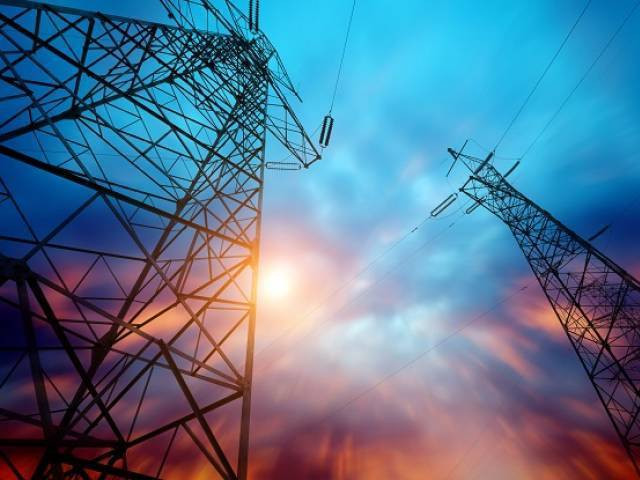Nawaz government poised to see off power outages
At last! The nightmare of long power outages will come to an end

In total, a staggering 30,948 megawatts will be added to the system by 2022, taking Pakistan’s total power generation capacity to beyond 53,000 megawatts. PHOTO: REUTERS
The shortfall hovers around 5,500 megawatts at its peak, with outages as long as 14 hours a day in rural areas. The power deficit accrues due to multiple reasons. Circular debt, suboptimal old units incapable of operating at full capacity and an inefficient transmission system with line losses of up to 30 per cent. Not to mention the rampant incidence of power theft, increasing population of home appliances, non-payment of bills from tribal areas and government departments and lack of policy continuity when the government changes. Due to frequent power outages, factories have been closing down and thousands have lost their jobs. Pakistan’s misery is compounded by the law and order situation, leading to low investor confidence and flight of capital. This was the power picture Nawaz Sharif had to grapple with when he became the prime minister in June 2013. Undaunted, he went about taming the electricity shortage genie and managing the frightening burden of public expectations with great zeal.
The solution lay in expanding capacity and diversifying the energy mix which is precisely what the present government has done. It has added solar and wind power to the portfolio, introduced liquefied natural gas (LNG) to the power generation and increased the share of coal and nuclear power. In fact, the Nawaz Sharif government has been charting a clear and well-defined power path since 2014. His power strategy hinged on five key themes, the first of which was improving cash flows, which meant better recoveries and lower losses through strict monitoring and differentiated load management. The second theme focused on maximising power output through timely payments to IPPs and extensive rehabilitation of the government-owned power plants. Zero outages for the industry and predictable domestic load management were the third theme. The fourth theme embraced improved customer services through mobile metre reading and text-based customer complaints redressal. Lastly, the government put in place a policy framework to attract investment in the power sector.
The year 2015 has been remarkable. With a well thought out power policy in place, Pakistan haws made impressive strides since 2013, towards overhauling the power ecosystem. The recoveries in 2015 were the highest in the last ten years, at Rs51 billion (93.4 per cent). Similarly, transmission and distribution losses in K-Electric were the lowest in the last decade at 18 per cent. In fact the aggregate technical and commercial (AT&C) losses were the lowest in the entire region, at 23.4 per cent (India’s were 26 per cent). The monster of circular debt was successfully capped at Rs 14 billion a month, a significant improvement over preceding years. Power generation capacity is the most important area. Pakistan is well on the path to adding 4,070 megawatts to the system as part of the CPEC, by 2018 (total 8,630 megawatts by 2022). The CPEC incorporates a diverse mix of coal/hydel/solar/wind projects, of which coal has the largest share (5,940 megawatts). Another 22,318 megawatts (8,498 megawatts by 2018) will be added by 2022, in addition to the capacity expansion envisioned in the CPEC. This will include mega projects like Neelum Jhelum dam (969 megawatts), Jamshoro Coal Power (1,320 megawatts), 3 LNG plants (1,200 megawatts each) and Chashma Nuclear (680 megawatts).
Dreams come true through hard work, sincerity and planning. By 2022, a game-changing investment of around $58 billion will have gone into the power sector. The investment will come from both the government and private sectors. The progress on the ground suggests that the Nawaz government is well on its way to achieving something dramatic and heartening. In total, a staggering 30,948 megawatts will be added to the system by 2022, taking Pakistan’s total power generation capacity to beyond 53,000 megawatts. By June, 2018, the installed capacity will be around 30,938 megawatts, exceeding the demand for around 25,961 megawatts. The nightmare of long power outages will see its last.
Published in The Express Tribune, July 19th, 2016.
Like Opinion & Editorial on Facebook, follow @ETOpEd on Twitter to receive all updates on all our daily pieces.



1729685382-0/Untitled-design-(57)1729685382-0-208x130.webp)










COMMENTS
Comments are moderated and generally will be posted if they are on-topic and not abusive.
For more information, please see our Comments FAQ